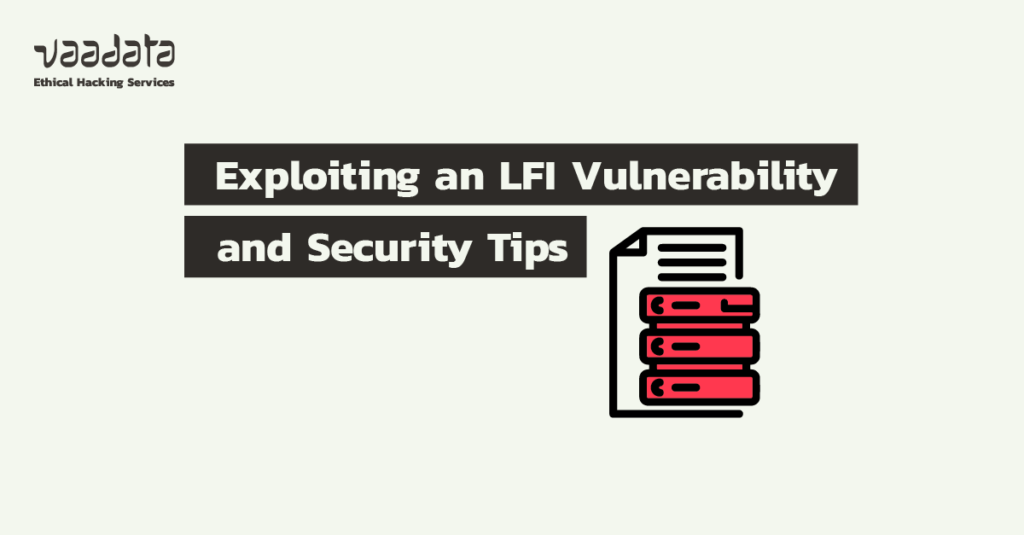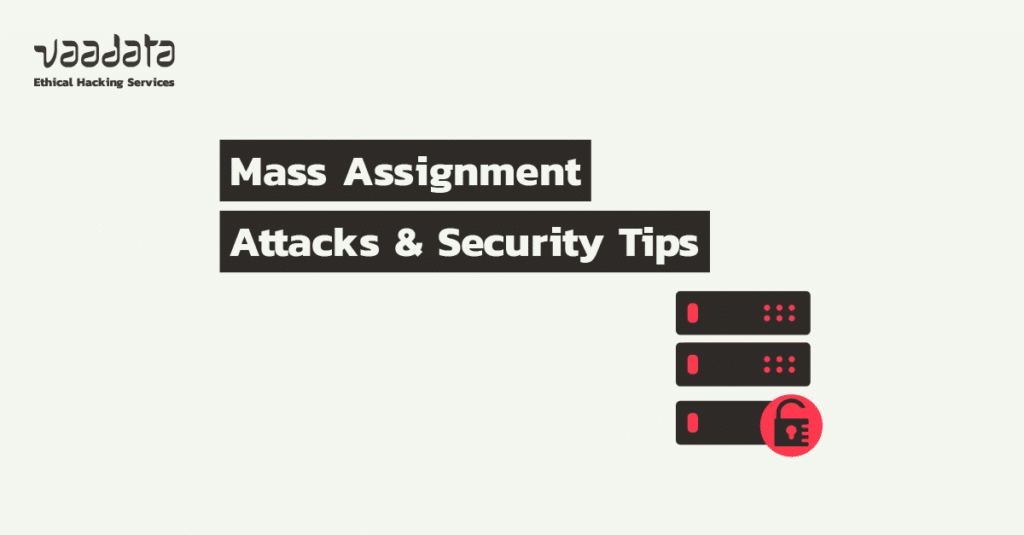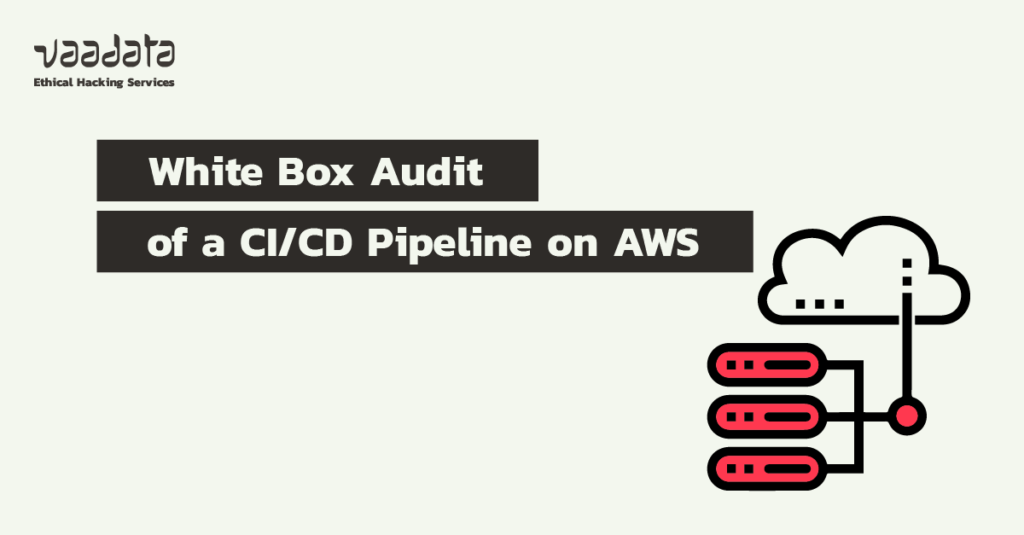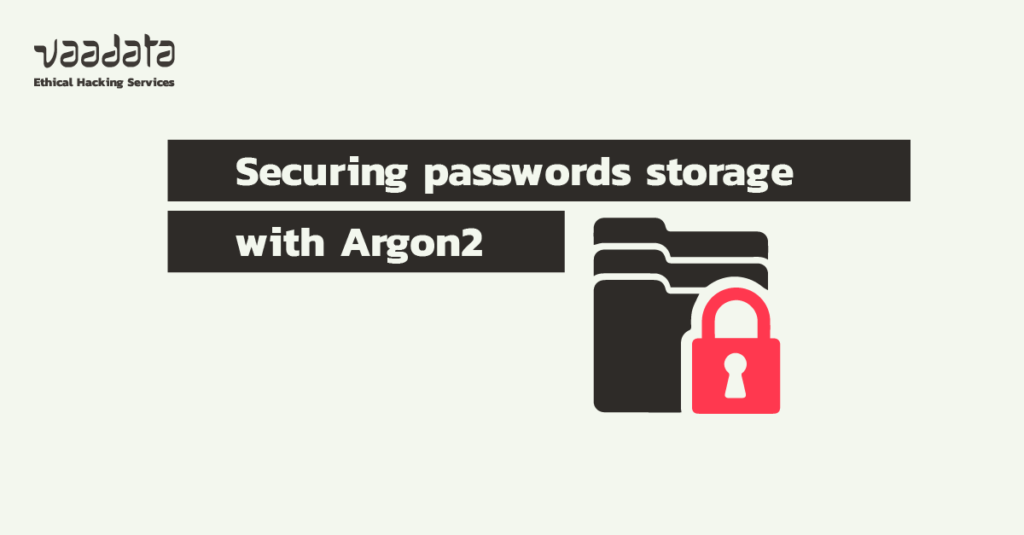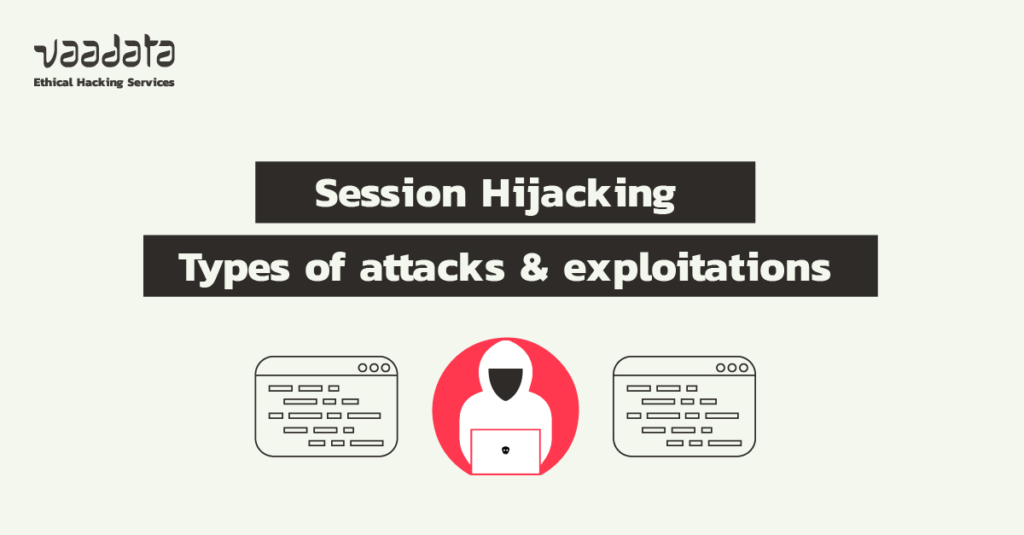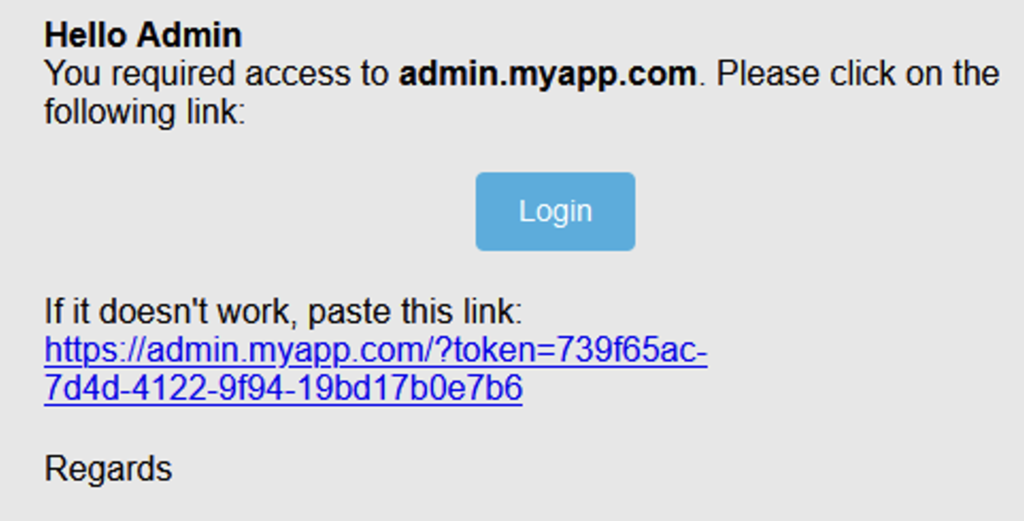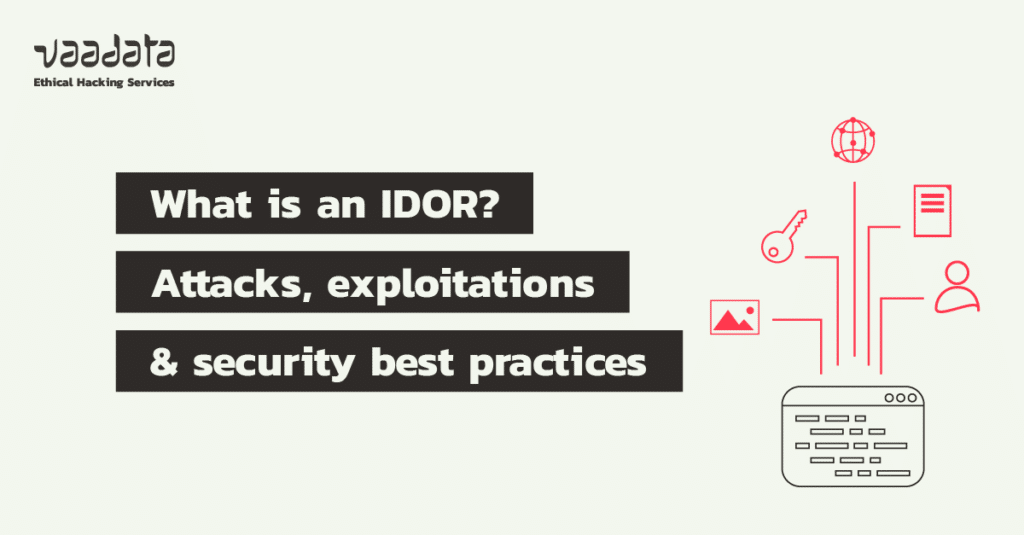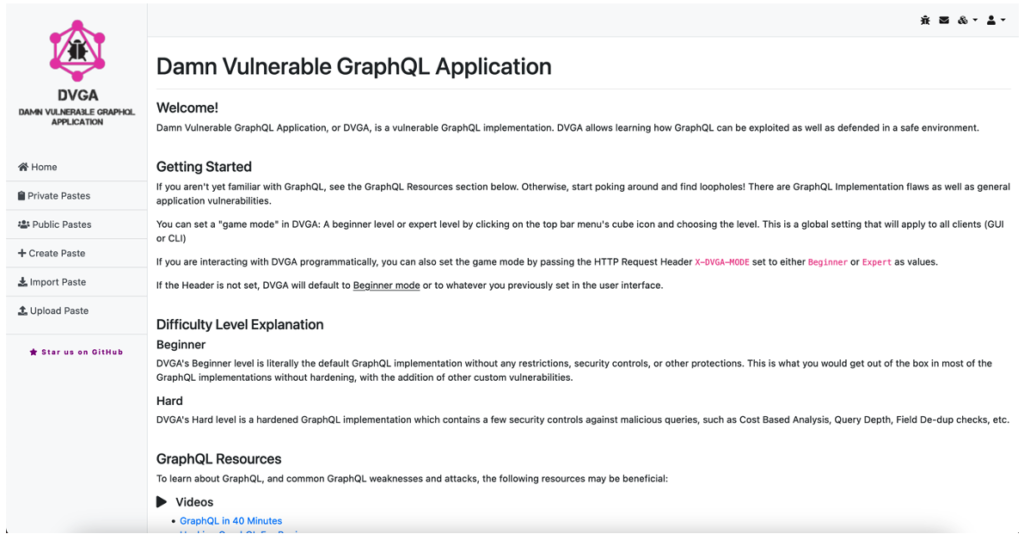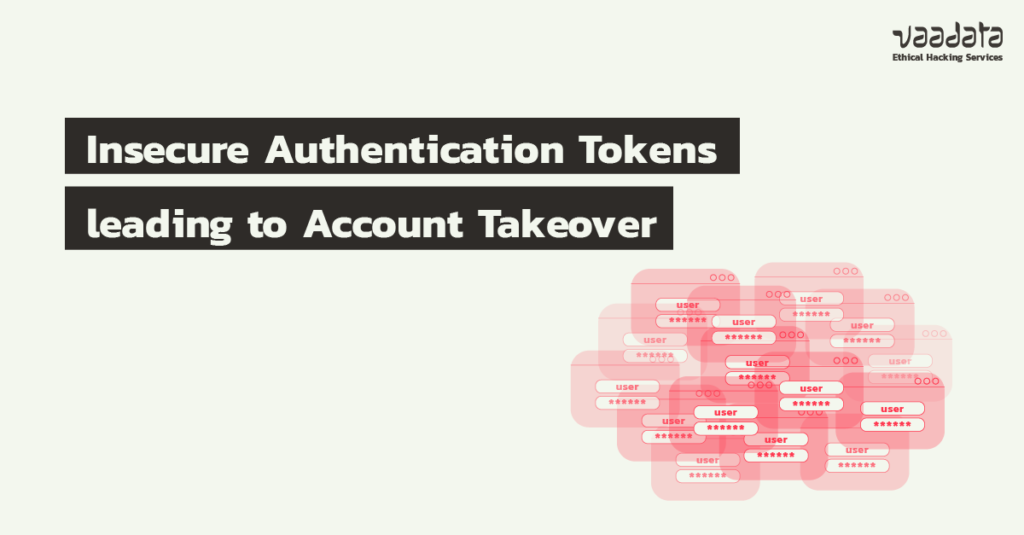
Most applications have a critical feature for identifying users. The aim is to guarantee the confidentiality and integrity of their data. Common methods used to enable the server to identify a user include session cookies, JSON Web Tokens (JWT) or, in some cases, customised solutions.
Clearly, the logic behind the generation of these session tokens is essential, because bypassing or hijacking them can lead to account takeover, with critical impacts on data security and even the total compromise of the system.


